



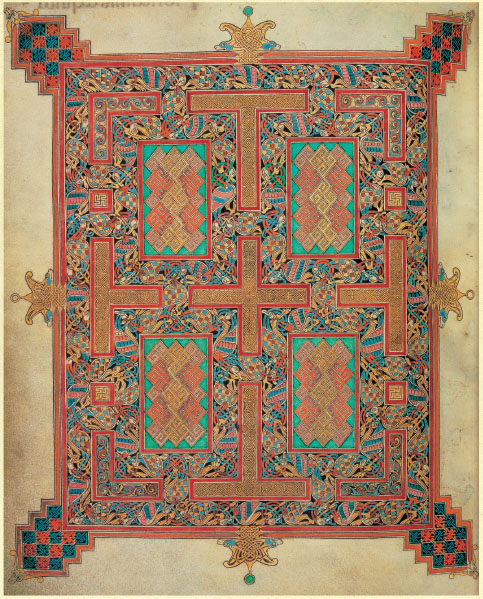 To my eldest son
To my eldest son
Brendan William Douglas
and to the Artist in him Copyright 2000 by J. Philip Newell All rights reserved Illustrations from the Lindisfarne Gospels by permission of the British Library Originally published in 2000 in the U.K. by The Canterbury Press This edition published 2000 in the United States of America by Wm. B. Eerdmans Publishing Company 2140 Oak Industrial Drive NE, Grand Rapids, MI 49505 Design and Typesetting by Vera Brice Cover design by Leigh Hurlock Printed in China 25 24 23 22 21 20 19 11 12 13 14 15 16 17 ISBN 978 0 8028 3904 6
Contents

Preface
It was during my years on Iona, the little holy island of Scotland in the Western Isles, that I was alerted to the richness of the stream of prayer that flows deep in the Celtic tradition. For centuries prayers chanted at the rising of the sun and its setting, or intoned at the birth of a child or the death of a loved one, had been passed down in the oral tradition from one generation to the next.
These prayers of the past spoke to me of a way of seeing that was lost and needed to be recovered again. They communicated a sense of the interweaving of what is seen with what is unseen, of the spiritual world and the world of matter conjoined. There is a yearning among people all over the western world today for a renewed depth of relationship between spirituality and the mystery of creation. Here in our own Christian inheritance is a way of seeing that provides us with models for such a reintegration. I have written the prayers of this book as a new expression of this ancient tradition. What do we mean by the Celtic tradition? There is such a spectrum of opinion on this matter that some critics have preferred to say that historically no such tradition can be clearly identified.
Attention to the writings of early Irish, Welsh and Scottish Christian teachers, however, as well as observation of the poetry, prayers and art of Celtic cultures over the centuries, point to distinctive characteristics of what I believe can be called a tradition of spirituality. There are two major features of the Celtic tradition that distinguish it from what in contrast can be called the Mediterranean tradition. Celtic spirituality is marked by the belief that what is deepest in us is the image of God. Sin has distorted and obscured that image but not erased it. The Mediterranean tradition, on the other hand, in its doctrine of original sin has taught that what is deepest in us is our sinfulness. This has given rise to a tendency to define ourselves in terms of the ugliness of our failings instead of the beauty of our origins.
The second major characteristic of the Celtic tradition is a belief in the essential goodness of creation. Not only is creation viewed as a blessing, it is regarded in essence as an expression of God. Thus the great Celtic teachers refer to it as the book of creation in which we may read the mystery of God. The Mediterranean tradition, on the other hand, has tended towards a separation of spirit and matter, and thus has distanced the mystery of God from the matter of creation. I have explored these two major characteristics in The Book of Creation: an Introduction to Celtic Spirituality (1999). The book is based on the seven days of creation from Genesis which are treated as theophanies or showings of God.
The light of the first day, for instance, is seen as an expression of the divine light that is at the heart and origin of all life. The second day reflects the wildness of creativity; the third, the earths fecundity; the fourth, the harmony of masculine and feminine; the fifth, the goodness of the senses; the sixth, the fathomless mystery of humanity made in the image of God; and the seventh, the stillness that is essential to lifes renewal. I have allowed these seven expressions of the mystery of God in creation to give shape also to the structure of Celtic Benediction. The theme of light, therefore, is woven into the prayers of the first day, as is the uncontainable energy of creativity into the second day, and so on throughout the seven days of the week. The art used in this book illustrates the spirituality of these prayers. What has come to be referred to as the everlasting pattern in Celtic art, in which one strand is woven together inseparably with another, points to the belief in the interweaving of worlds, of the divine and the human, the angelic and the creaturely, of darkness and light. Never are the spiritual and the physical torn apart.
In its depictions of humanity we find interlacing designs patterned into the very flesh of human figures and at the same time the limbs of great creatures entwined around the lower half of the human body. These art forms recognise the creaturely dimensions of who we are without thereby portraying these as essentially bestial, for also woven through our deepest desires and physical energies are the threads of Gods light. Redemption in this tradition is about being re-connected to the presence of this glory deep within us and among us in creation. In each morning and evening prayer I have included a Scripture and Meditation section. There has been no attempt to provide a full cycle of Scripture readings for use throughout the year. A rich selection of lectionaries and other approaches to the daily reading of Scripture is available in our various Christian traditions.
What I have attempted to do, in the inclusion of brief sentences from Scripture, is to provide an example of how a simple phrase can be used as the basis for meditation. The oldest forms of meditative prayer in Christian practice consist simply of a repetition of words from Scripture in the silence of the heart. In Celtic spirituality this discipline of silent meditation is viewed as opening the eyes of the heart in order to see God in all things. There has always been a great love of Scripture in the Celtic stream of spirituality. This is reflected in its most enduring artistic expressions over the centuries. The high-standing crosses include both Scripture imagery and creation imagery.
Similarly a passion for Scripture is seen in the magnificent illuminations of psalms and gospel texts in Celtic manuscripts. The Psalms and the Gospels in fact occupy a special place in Celtic artwork and teachings, most notably the Gospel according to St John, whom it is said Jesus especially loved. He was remembered as having leaned against Jesus at the last supper. Celtic legend thereby came to refer to him as the one who had heard the heartbeat of God. He became a symbol of the meditative practice of listening for the Word of Love at the heart of life, the Word that is deeper than any fears and sufferings that we will also hear within us when we listen. My hope is that the Scripture phrases and prayers of this book may draw us further towards such an awareness, and in becoming more aware to become more engaged in acts of love for the life of the world.
Next page
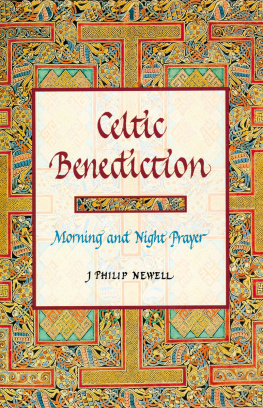
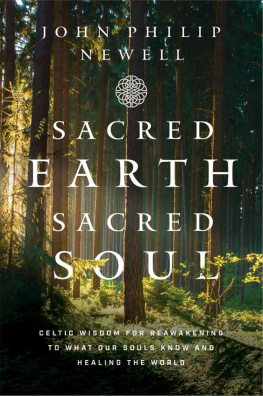
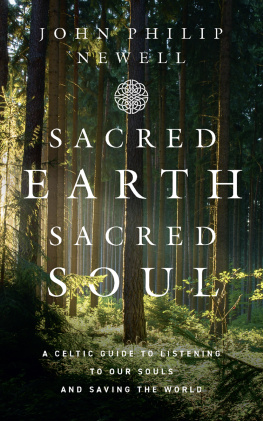



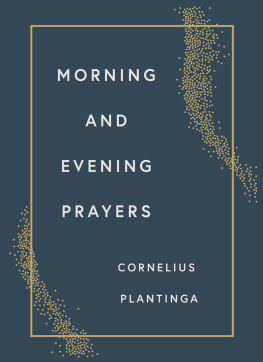


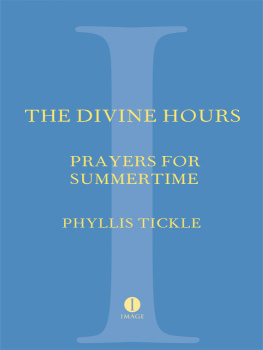





 To my eldest son
To my eldest son